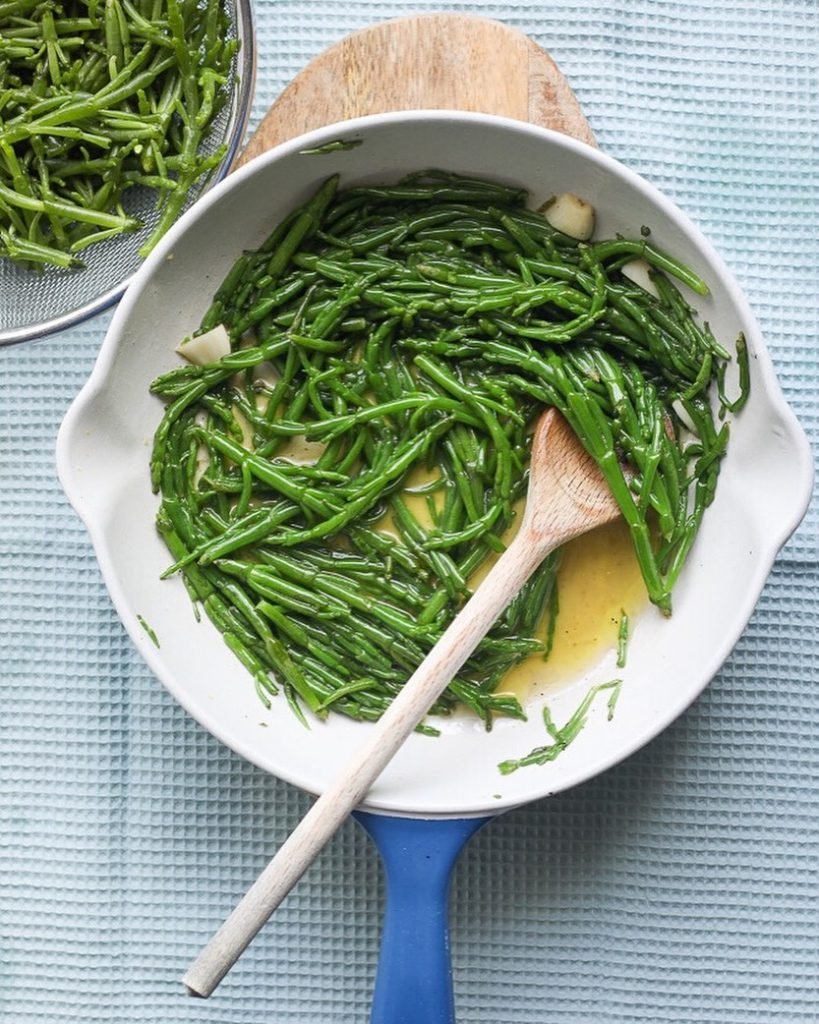Succulents have long captured attention with their sculptural beauty and resilience—but did you know some of these fleshy-leaved wonders are not only edible but also good for your skin? That’s right—edible succulents for skin health are becoming a hot topic in both natural wellness and nutrition spaces.
In a world where skincare shelves are overflowing with chemical-loaded products, many are turning to edible plants for a more natural glow.
Succulents like Aloe Vera and Prickly Pear aren’t just decorative—they’re rich in vitamins, antioxidants, and compounds that hydrate, detoxify, and rejuvenate the skin from the inside out.
This blog will walk you through the best edible succulents, how they help your skin, and how to use them safely and effectively.
Whether you’re into DIY beauty routines, clean eating, or sustainable living, this guide is your skin-loving intro to nature’s hidden gems.
Why Succulents for Skin Health?
Succulents have evolved to store water in their thick leaves, stems, or roots—allowing them to survive in harsh environments. That same water-retaining quality means they’re hydrating powerhouses when consumed.
But it’s not just the hydration they offer. Many edible succulents are packed with:
- Vitamins A, C, and E – essential for skin renewal and collagen production
- Antioxidants – to protect skin from environmental damage and aging
- Polysaccharides and amino acids – which aid in skin healing and elasticity
- Omega-3 fatty acids – known to reduce inflammation and support skin structure
When consumed regularly or applied topically (depending on the plant), these nutrients can help improve skin clarity, texture, tone, and overall health. It’s skincare from the inside out—powered by plants.
Safety First: What Makes a Succulent Edible?
Before you go nibbling on that pretty potted plant, here’s an important truth: not all succulents are safe to eat.
Some contain toxins that can be harmful if ingested or applied to the skin. So how do you know what’s safe?
Here are a few safety basics:
- Stick to known edible varieties: Don’t experiment with unknown succulents. Only consume plants that are recognized as edible by trusted sources.
- Double-check botanical names: Many succulents look alike. Always verify the scientific name.
- Check the ASPCA and trusted plant resources: This helps confirm both edibility and pet safety.
- Organic, pesticide-free: If you’re growing succulents to eat or use on your skin, avoid chemical fertilizers or pesticides.
If you’re ever in doubt—don’t eat it.
Top 8 Edible Succulents That Benefit Skin Health
Here’s a curated list of edible succulents known not only for their safety but for their impressive skin-enhancing properties. These plants are loved across cultures, both as food and folk remedies.
1. Aloe Vera (Aloe barbadensis miller)
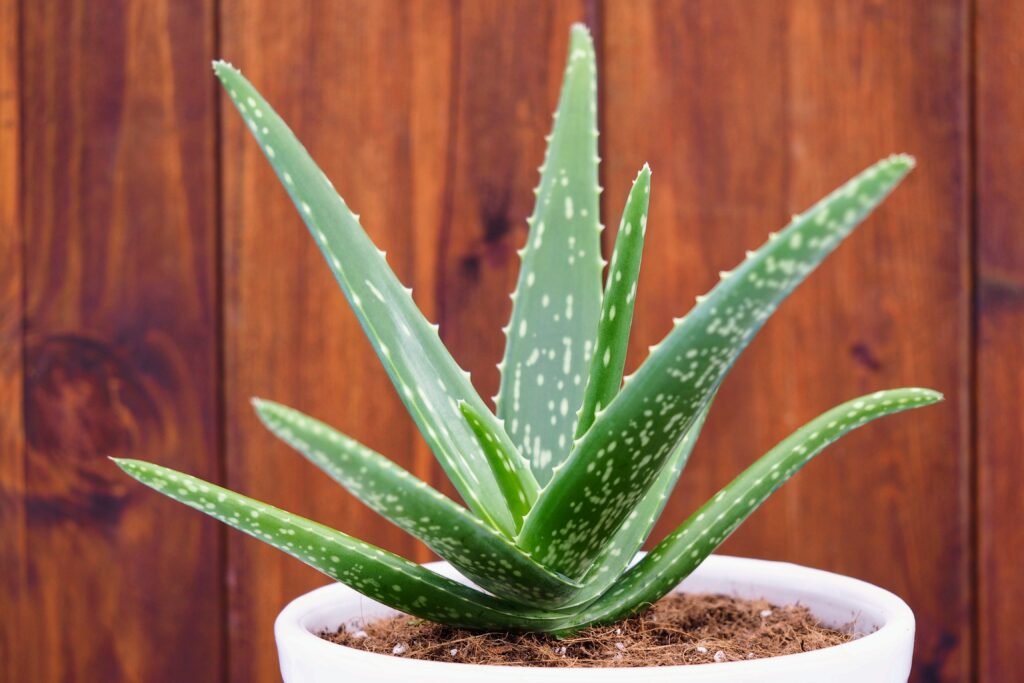
This is the queen of edible succulents. Best known for its soothing gel, Aloe Vera is rich in vitamin C, beta-carotene, and amino acids. When consumed as juice or added to smoothies, it helps hydrate the skin, reduce inflammation, and promote collagen production.
The gel can also be applied directly to treat sunburn, dry patches, or irritation. Just be sure to use only the clear inner gel and rinse thoroughly to avoid the yellow latex, which can be a laxative.
2. Purslane (Portulaca oleracea)
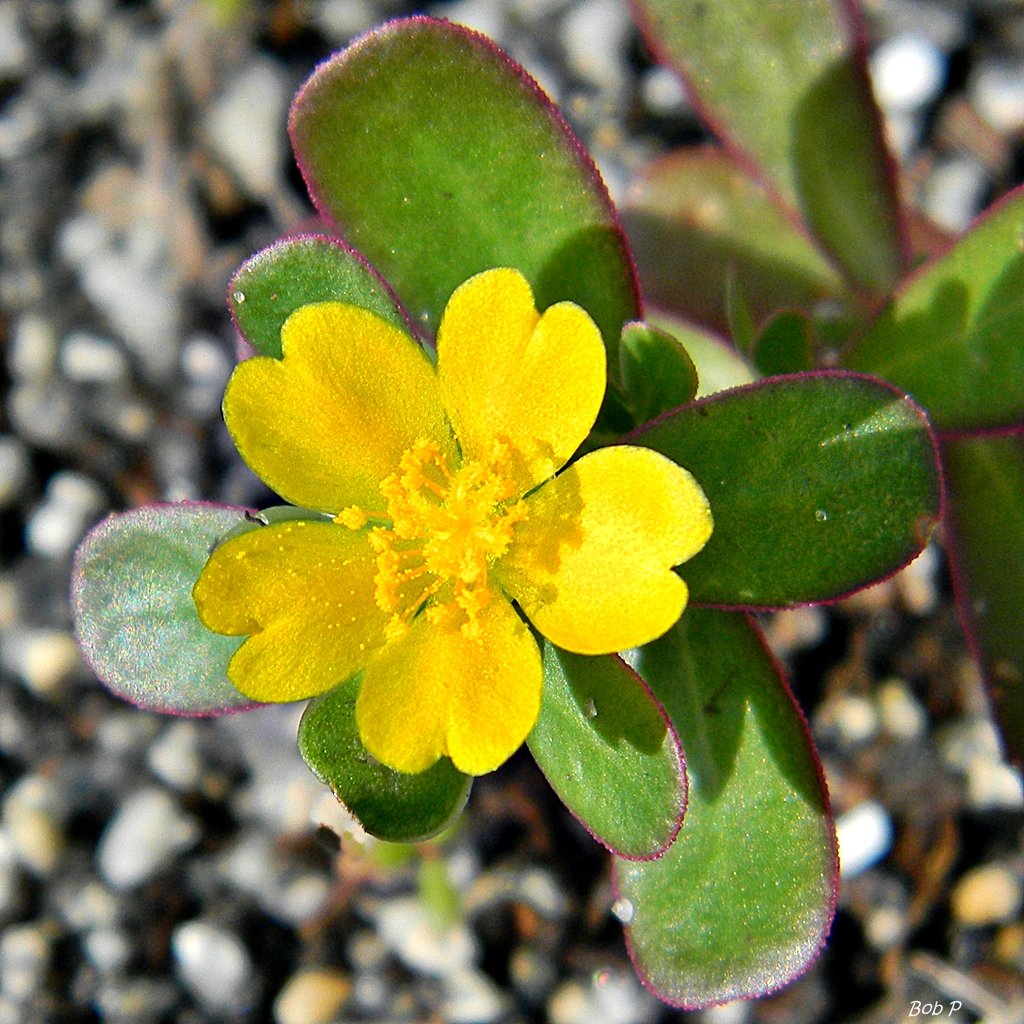
Often called a superfood weed, Purslane is a leafy, edible succulent that grows easily in Indian gardens. It’s packed with omega-3 fatty acids, vitamin E, and antioxidants that help repair skin and reduce inflammation.
Its slightly tangy, lemony flavor makes it great in salads, stir-fries, or even green smoothies. It’s a wonderful addition to a skin-nourishing diet.
3. Nopales (Prickly Pear Pads)
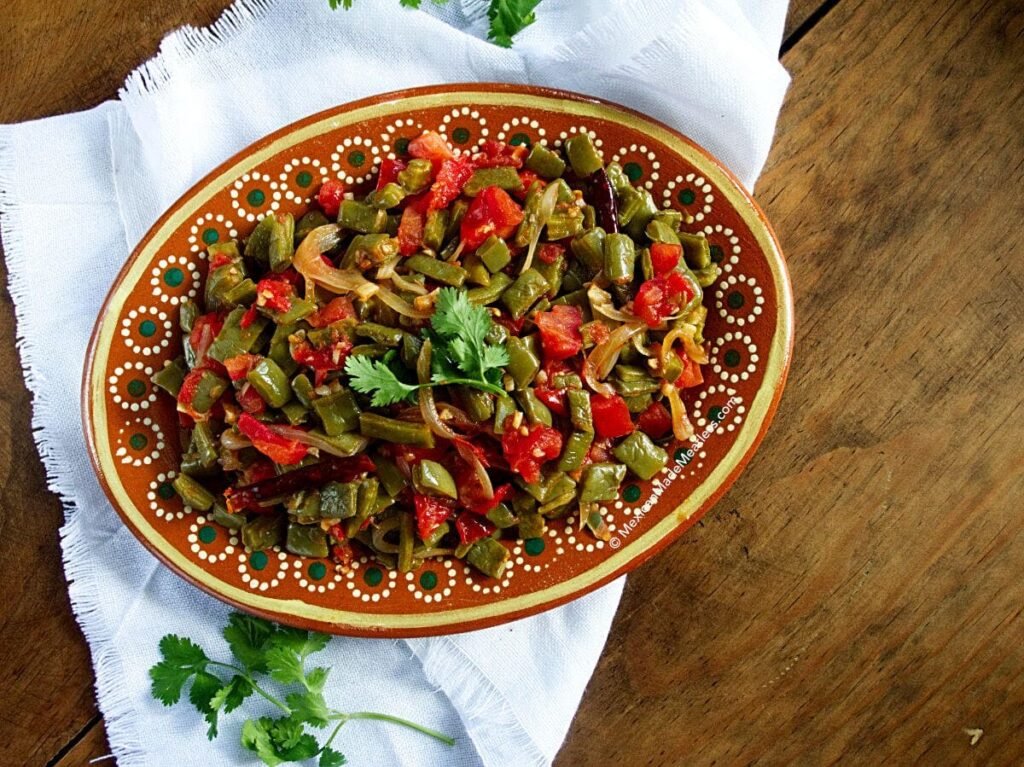
These thick, flat cactus pads from the Opuntia family are a staple in Mexican cuisine. Rich in vitamin A, C, calcium, and fiber, Nopales help the body detox, reduce inflammation, and regulate blood sugar—all of which support clear, healthy skin.
Slice, grill, or sauté them after removing the spines. Their mild flavor makes them versatile for a range of recipes.
4. Prickly Pear Fruit (Tuna)
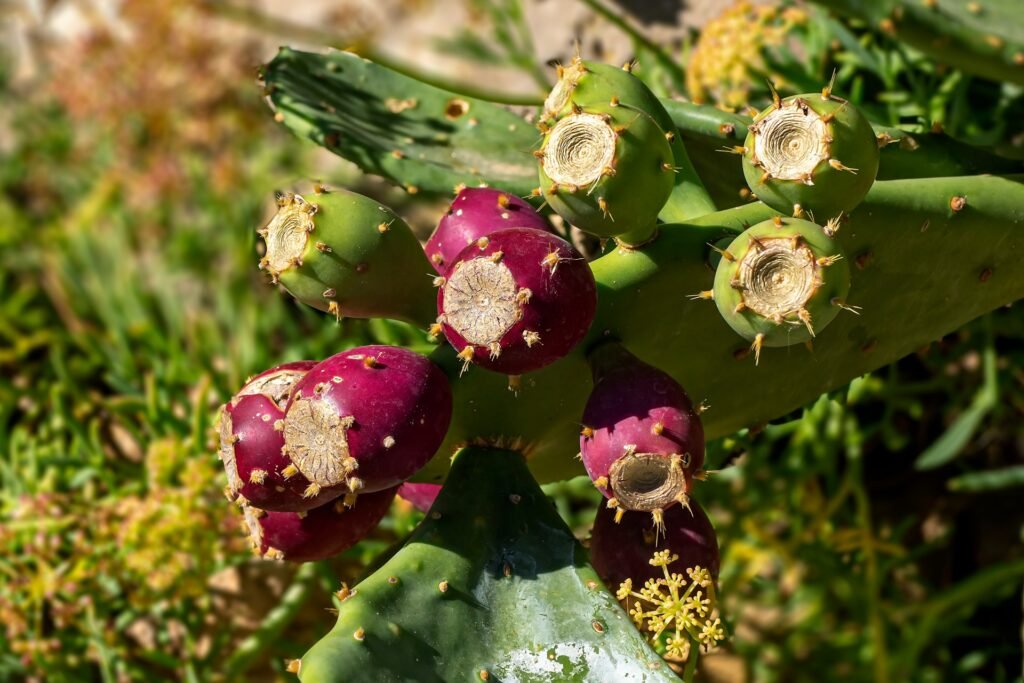
The vibrant fruit of the Opuntia cactus, often called Tuna in Latin American regions, is another edible gem. This sweet, juicy fruit is high in vitamin C, betalains, and antioxidants that help brighten the skin and reduce oxidative stress.
Drinking prickly pear juice regularly may improve skin tone and elasticity over time. It’s a skin-hydrating powerhouse—delicious too!
5. Sedum (Stonecrop)
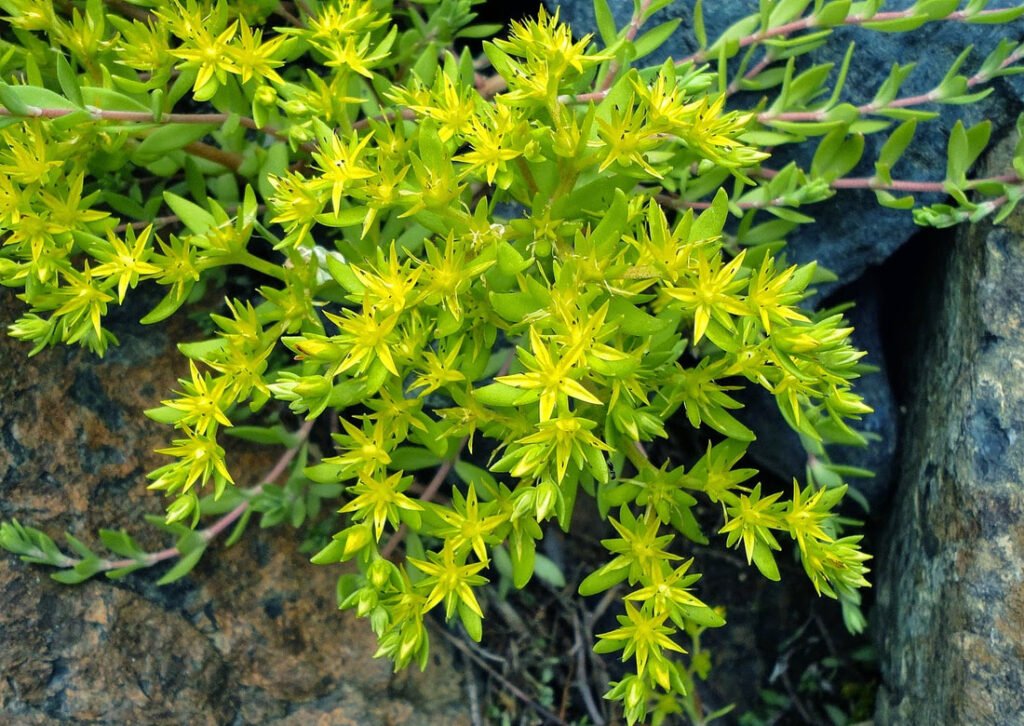
Not all Sedum varieties are edible, but some (like Sedum sarmentosum) are used in Korean cuisine. These have a slightly bitter taste and are best when blanched or sautéed.
They contain mild anti-inflammatory compounds and are traditionally used to ease digestive issues and skin irritation. While not as nutrient-rich as others on this list, they’re still a gentle addition to a skin-supportive diet.
6. Dragon Fruit (Hylocereus undatus)
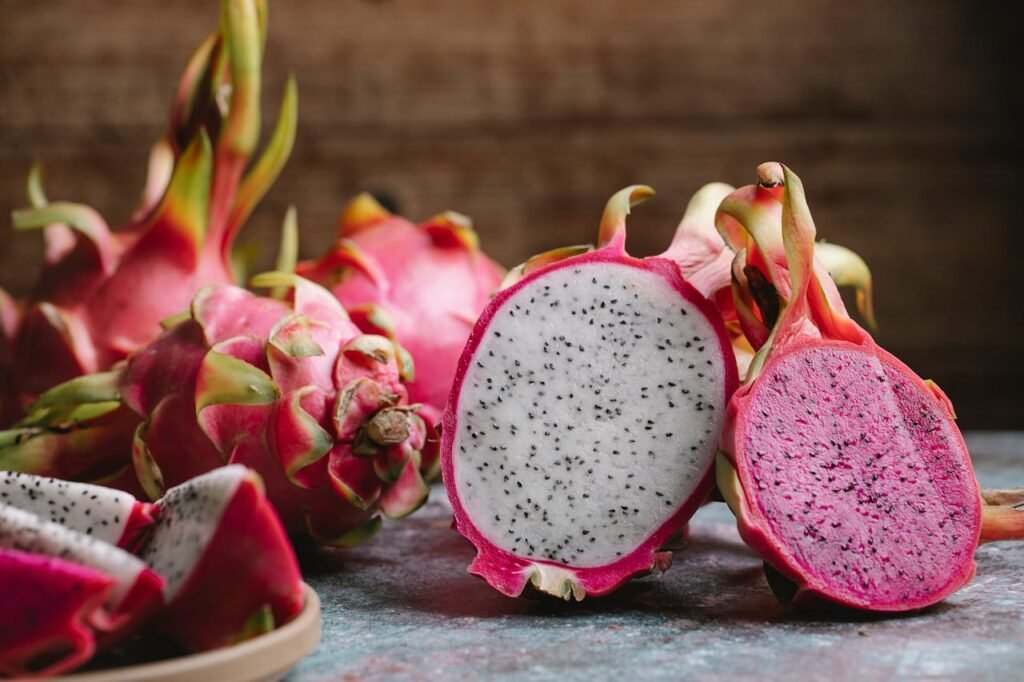
Also known as Pitaya, this striking fruit grows on a climbing cactus. Its white or red pulp is filled with tiny black seeds and bursting with vitamin C, antioxidants, and polyphenols.
Eating dragon fruit regularly helps fight dullness and promotes a healthy glow. Some even apply the pulp directly as a hydrating face mask.
7. Ice Plant (Mesembryanthemum crystallinum)
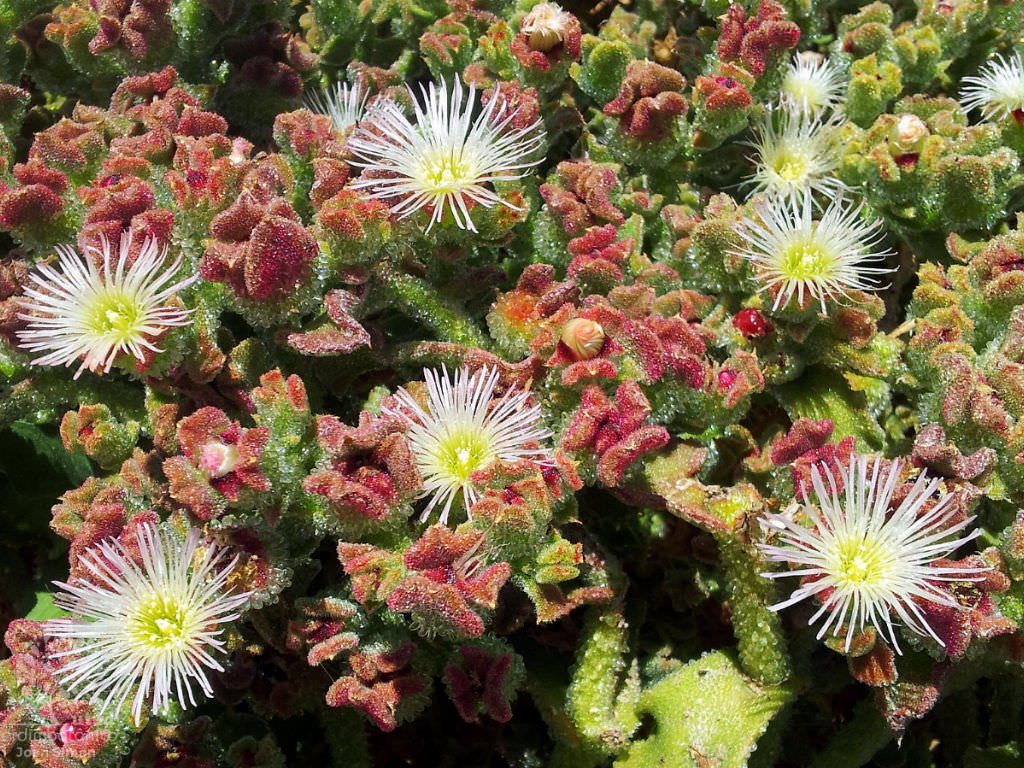
This salty, crunchy succulent is gaining popularity as a skin-soothing edible. Traditionally used in Japanese and South African cuisines, it contains minerals like potassium and magnesium, which support hydration and cellular balance.
It’s particularly good for sensitive skin types and makes a refreshing salad addition.
8. Sea Beans (Salicornia, also called Samphire)
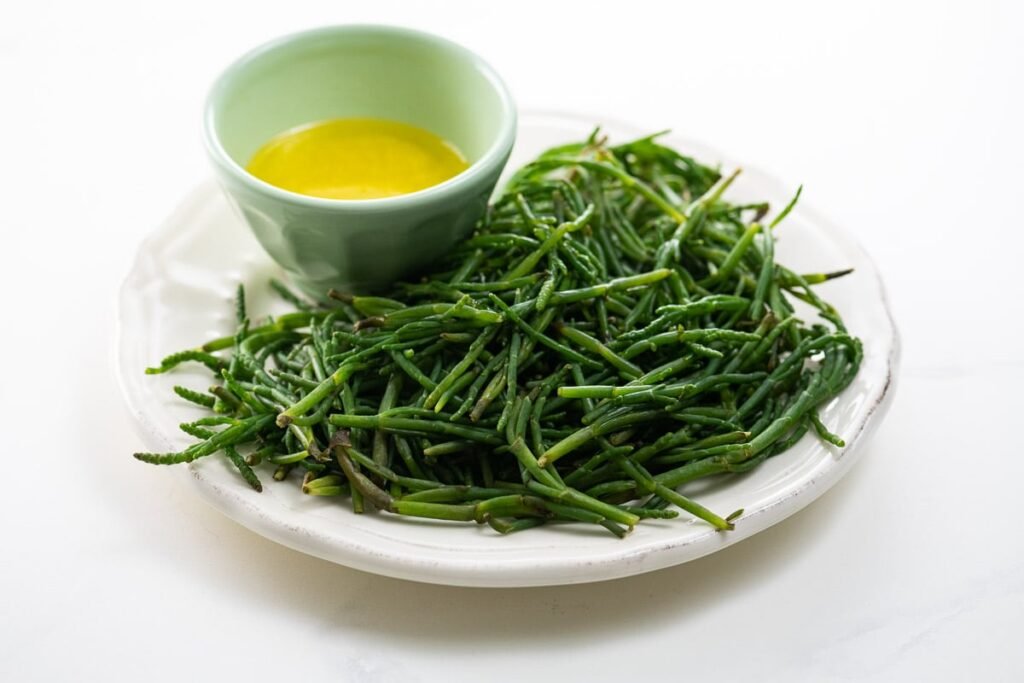
These coastal succulents thrive in salty environments and are rich in chlorophyll, minerals, and antioxidants. Though not technically a desert cactus, their salty crunch makes them unique.
Eating sea beans supports skin clarity and detoxification. Sauté them lightly or enjoy them raw in salads with lemon juice.
Growing and Using Edible Succulents for Skin Health
How to Grow Edible Succulents at Home
You don’t need a massive garden to grow skin-loving succulents—just a little sunlight, patience, and the right potting mix. Here’s how to get started:
1. Choose safe, edible varieties: Start with known plants like Aloe vera, Prickly Pear, or Purslane. Purchase them from trusted nurseries or organic vendors.
2. Use well-draining soil: Succulents hate soggy roots. Use cactus or succulent potting mix with perlite or coarse sand.
3. Provide bright, indirect light: South- or west-facing windows are great. Outdoors, partial sun with some shade is ideal in hot regions.
4. Water sparingly: Let the soil dry out completely between waterings. Overwatering ruins their growth and can make them unsafe to consume.
5. Avoid chemicals: Skip synthetic fertilizers or pesticides—especially if you plan to ingest the leaves or juice. Use organic cactus fertilizers if needed.
How to Eat or Use Them for Skin Benefits
You can enjoy edible succulents in a variety of ways—from food to topical applications:
Aloe Vera:
- Blend the gel into smoothies, lemonades, or green juices for hydration
- Apply the clear inner gel directly on your face for 15 minutes before rinsing
Prickly Pear Fruit:
- Eat raw after peeling, or blend into juices
- Look for prickly pear seed oil for topical antioxidant-rich skincare
Purslane:
- Add fresh to salads, omelets, or lentil dishes
- Pair with lemon juice and olive oil for a bright, healing salad
Dragon Fruit:
- Eat the fruit raw or freeze it into smoothie bowls
- Mash pulp into a natural face mask (test on a small area first)
For DIY topical treatments, always patch-test a small area of your skin to rule out sensitivity.
Skincare Benefits: From Within and Topical Use
Here’s how edible succulents help your skin from the inside and out:
Internally Consumed:
- Boosts hydration
- Provides essential skin nutrients like Vitamin C, E, and zinc
- Reduces inflammation and oxidative stress
- Aids detoxification and gut health, which reflects on skin
Topically Applied:
- Soothes burns, redness, and irritation
- Provides gentle exfoliation (in the case of fruit-based masks)
- Encourages collagen regeneration
- Acts as a humectant (locks in moisture)
For best results, combine both methods in your skincare routine.
Common Mistakes to Avoid
Using unverified plants: This can cause allergic reactions or even toxicity. Always cross-check the botanical name before use.
Not rinsing Aloe Vera gel: The yellow latex beneath the skin layer can cause stomach upset and skin irritation. Use only the clear inner gel.
Over-harvesting: Cutting too many leaves or fruits at once can weaken the plant and reduce its benefits.
Applying without patch-testing: Everyone’s skin reacts differently. Always do a spot test before applying succulent-based masks or gels to your face.
Expecting overnight results: Like any natural remedy, consistency is key. Visible improvements in skin tone or texture often take weeks.
DIY Ideas: Skin-Loving Succulent Recipes
1. Aloe Glow Smoothie
- 2 tbsp fresh aloe gel
- 1 banana
- 1 cup coconut water
- A handful of spinach
- Squeeze of lemon
Blend together and enjoy a refreshing drink that hydrates your body and nourishes your skin from within.
2. Prickly Pear Facial Serum
- 1 tsp prickly pear seed oil
- 2 drops vitamin E oil
- 2 drops rosehip oil
Mix and store in a dark glass bottle. Apply a few drops before bed.
3. Purslane Salad for Clear Skin
- 1 cup fresh Purslane leaves
- Cherry tomatoes, chopped
- Cucumber, sliced
- Dressing: olive oil, lemon juice, salt
Toss and serve. It’s refreshing, rich in omega-3s, and easy to make.
Best Practices for Sustainability
If you’re using edible succulents regularly, it’s worth growing them yourself. Here’s how to keep things green and guilt-free:
- Grow organically: Use compost and organic pest deterrents like neem oil.
- Harvest responsibly: Only take mature leaves or fruits, and allow the plant time to regenerate.
- Repurpose scraps: Use leftover peels or unused pulp for compost.
- Share cuttings: Many succulents can be propagated. Share with friends or community gardeners.
Supporting sustainability ensures you’re not just taking from nature—but giving back too.
FAQs
Q1. Can I eat Aloe Vera from any plant?
No. Only Aloe barbadensis miller is considered safe for consumption. Avoid ornamental varieties, which may be toxic.
Q2. Is it safe to eat Prickly Pear pads raw?
Yes, but they must be carefully cleaned to remove the spines. Cooking them is often safer and tastier.
Q3. Will eating succulents clear my acne?
They can help reduce inflammation and support detox, but they’re not miracle cures. Combine with a balanced diet, hydration, and a solid skincare routine.
Q4. Are these succulents safe during pregnancy?
Some, like Aloe Vera (internally), are not recommended during pregnancy. Always consult a healthcare professional before introducing any edible plant.
Q5. How long before I see results on my skin?
Natural remedies take time. With consistent consumption or application, you may notice improvements in 2–4 weeks.
Final Thoughts
Succulents aren’t just pretty houseplants. For those seeking natural ways to support skin health, edible succulents offer hydration, antioxidants, and essential nutrients—all from the power of nature.
Whether you sip on aloe juice, toss Purslane in a salad, or enjoy a prickly pear fruit smoothie, these plants can nourish your skin from the inside out.
Just remember: safety and consistency are key. Use the right species, grow them cleanly, and listen to your body’s signals. Nature has already provided the tools—now it’s up to us to use them mindfully.
